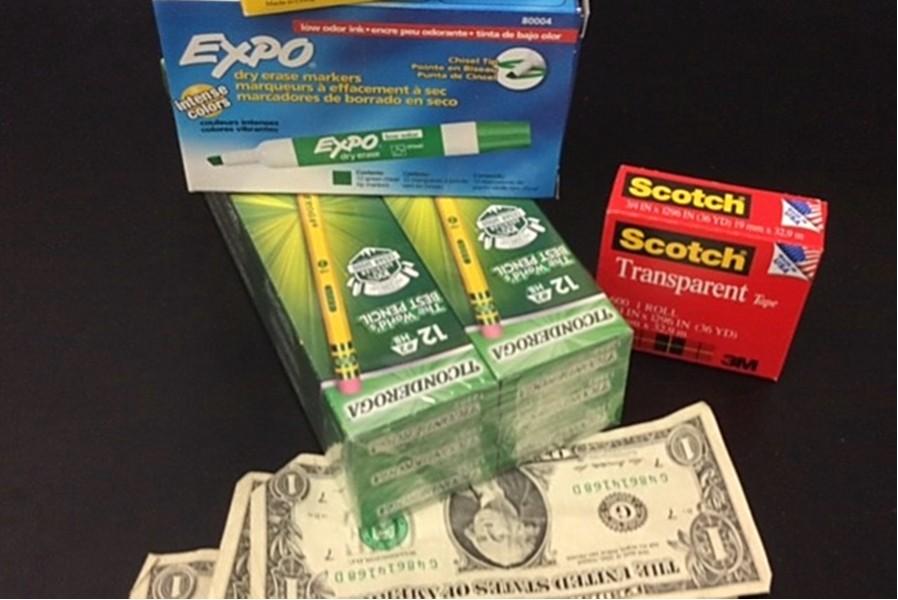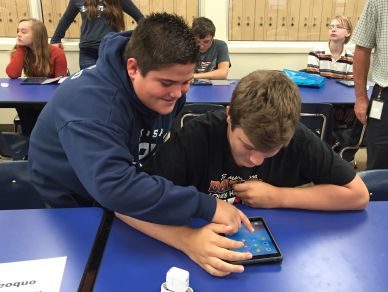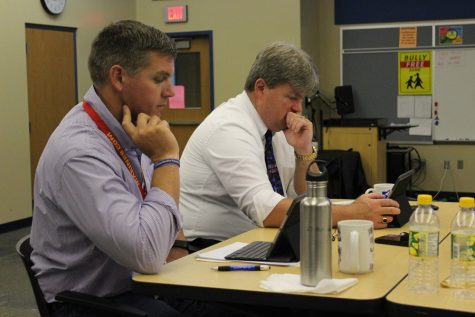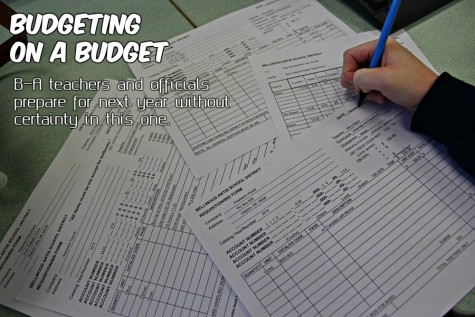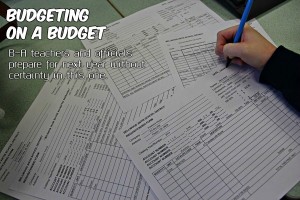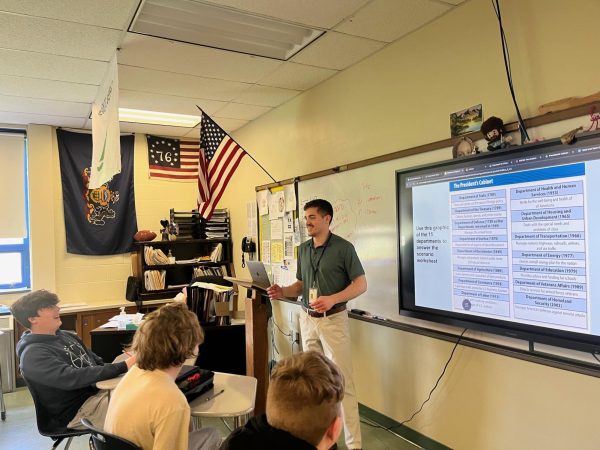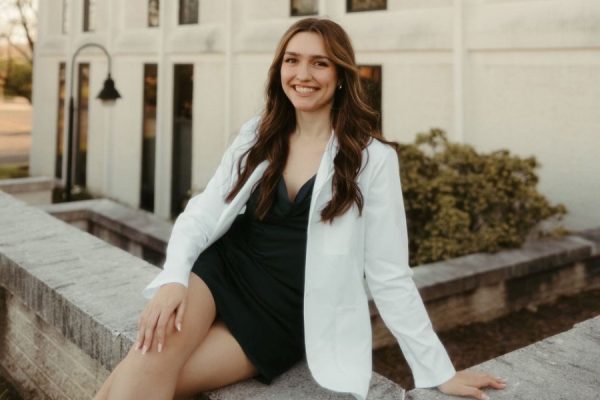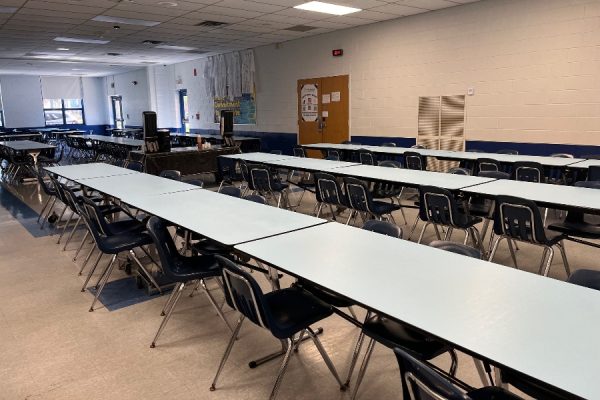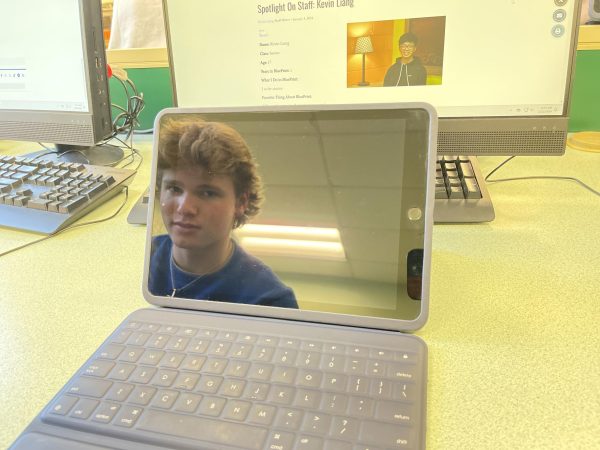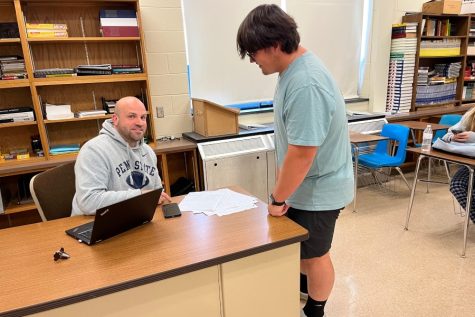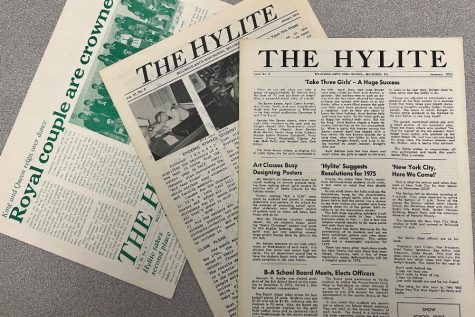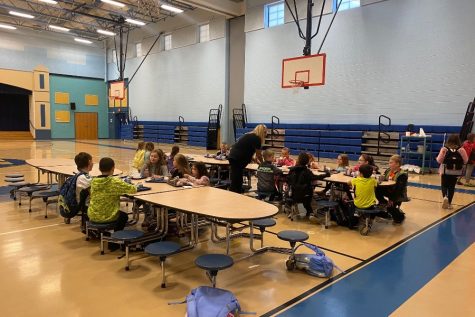Pay your own way
Average teacher spends more than $500 per year on their classroom
Teachers spend an average of $500 per year out of their own pockets to bolster their classroom supplies.
January 5, 2017
High School Band Director Mr. Patrick Sachse admits that he himself doesn’t spend much of his own personal money on school because he is reimbursed by the Band Parents Association for any item he purchases for his musicians. However, he understands why teachers are digging into their pockets more and more for their classrooms.
“Sometimes the needs of students become greater than the needs of yourself,” said Mr. Sachse. “The school’s funds are not enough sometimes, and we will do whatever is necessary to provide for our students.”
Research shows that high poverty school teachers spend roughly $630 in school supplies for their students and the most common thing that the teachers buy is books. High poverty school teachers usually spend their money on food or snacks for the students and cleaning supplies for their classrooms.
Sometimes the needs of students become greater than the needs of yourself.
— Mr. Sachse
However most teachers, whether in high poverty school districts or not, can relate to the idea of digging into their own pockets for school supplies.
A scholastic survey shows that 76% of teachers spend their own money on classroom decorations, and 74% of teachers spend their money on supplies like notebooks, binders, pens, and pencils. The average teacher spends $500 on school supplies for their students and their classroom, which is more than double what they can legally deduct on their income tax returns.
In all, more than $1.6 billion in classroom costs is shifted from parents or districts to teachers.
Teachers at Bellwood-Antis are no different than those across the nation.
Senora Christine Claar, a retired Spanish teacher from Bellwood-Antis, said, “I spent an average of $300 a year, and many times it was for student purposes. I often purchased supplemental teaching supplies, like pencils, note cards and lined paper.”
Elementary teachers may spend the most on their students. B-A is unlike many surrounding districts, which give parents a list of classroom items they must provide for their students out of their own pockets, items ranging from pencils to crayons to tissue and Expo markers.
“We haven’t considered ever making parents pay for their own kid’s school items,” said Superintendent Dr. Thomas McInroy.
Still, there are teachers who feel they have to take money from their own pocket to buy things for their classroom themselves. For first grade teacher Mrs. Deanna Trexler, most of her purchases go directly back to students.
“Fortunately our district supplies much of what we need to teach students,” she said. “But most of what I spend money on is related to organization and science through art projects.”
A teacher’s personal investment can grow when the educator is just beginning their career or switching from one grade level to the next, Mrs. Trexler said.
“When you start a classroom or change to a new grade level, the amount of money you can spend can really start to add up,” Mrs. Trexler said. “Otherwise, you seem to spend a little bit at a time that adds up to what the school district already supplies for you.”
Dr. McInroy said the District’s move to iPads this year was in part a move to save money in the long run, including the money a teacher may personally spend.
“The whole point in why we purchased the iPads was so that the students had many tools at the tips of their fingers. So instead of you going to science class and opening up your text book and the first page being page 40, you have the iPads with multiple tools on it,” Dr. McInroy said.
“So instead of buying multiple books, we decided to buy iPads for each students with more tools on it.”
In the end, the reason why teachers are spending their own funds is simple, according to Mr. Sachse.
“We care,” he said.



